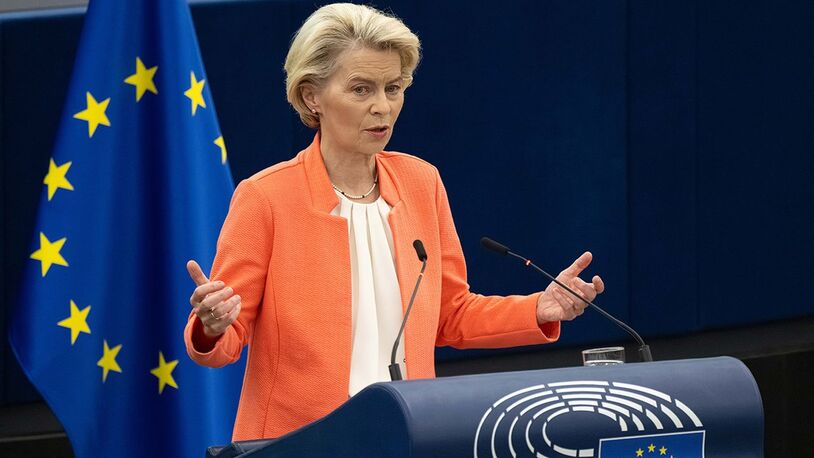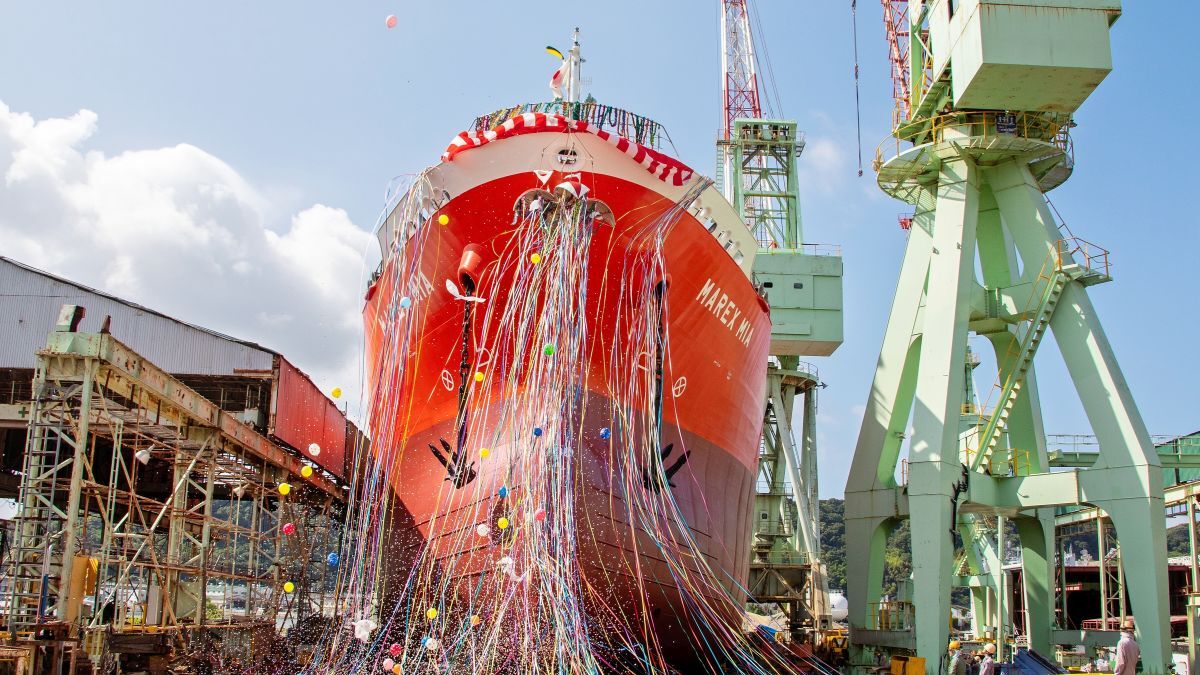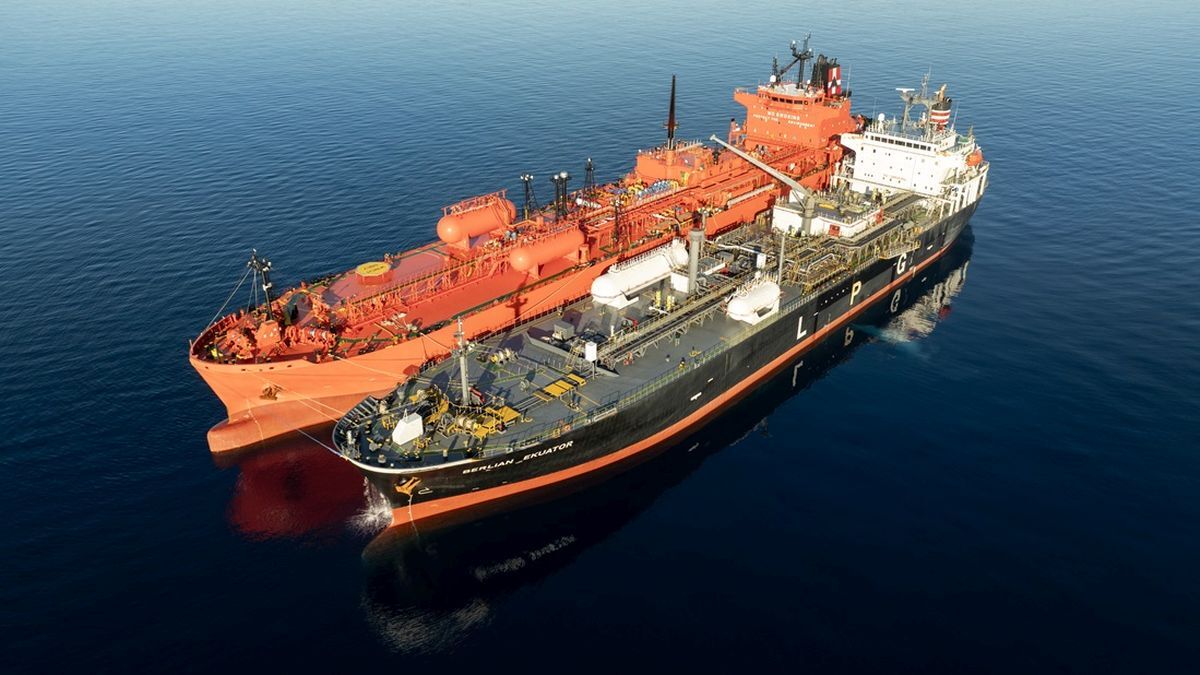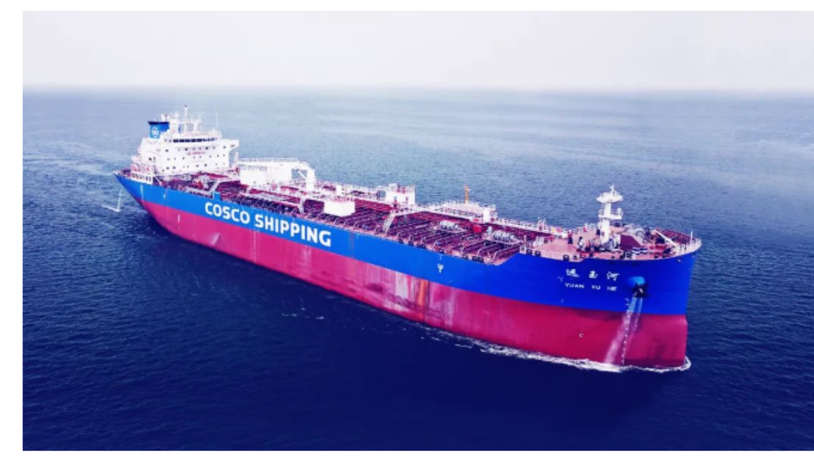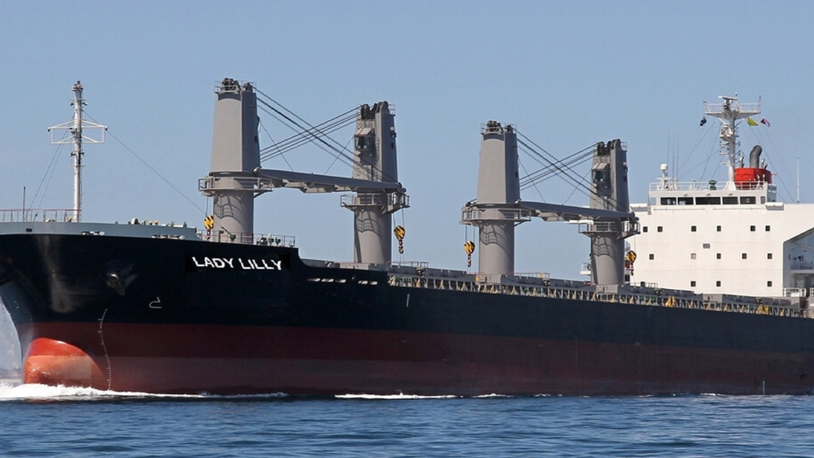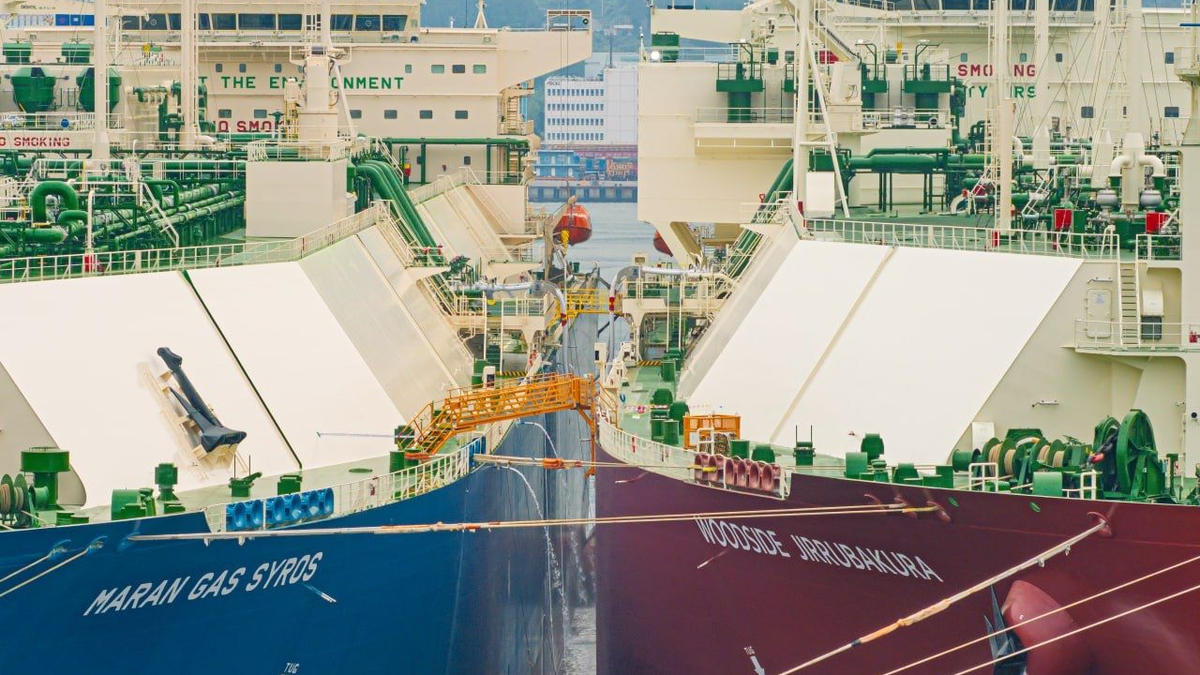Business Sectors
Events
Contents
LNG carrier spot chartering soft as delivery wave builds
Howe Robinson Partners reports weak spot, firm long-tenor rates as newbuild deliveries swell and steam attrition rises in Q3 2025
In its Q3 2025 LNG Review, Howe Robinson Partners (HRP) notes sparse Panama Canal transits and elevated tolls pushed most LNG carrier voyages around the Cape to preserve schedule reliability, dampening any summer rebound in spot activity.
With European storage above 80%, arbitrage narrow and position lists long, Q3 chartering recovered only modestly.
By September tri-fuel diesel-electric (TFDE) spot assessments were in the mid-teens, two-strokes in the high-US$20,000s per day, and many steam turbine LNG carriers were effectively idle.
“There are 29 uncommitted vessels remaining through 2028”
In the term market, enquiries for winter cover faded into August as charterers leaned on a soft spot.
One-year two-stroke rates fell from about US$50,000 per day in July to the mid-US$30,000s by late September, while five- and 10-year modern two-stroke LNG carrier business held in the high-US$70,000s to low-US$80,000s per day; TFDE five-year terms hovered around US$55,000–US$60,000 per day.
Steam turbine LNG carrier term demand remained negligible outside niche FSU/FSRU redeployments.
Supply signals point to a heavier LNG carrier delivery profile into 2026–27.
HRP records nine conventional LNG carrier orders in Q3, alongside five steam-turbine LNG carriers demolitions, an attrition trend that could temper oversupply if maintained.
There are 29 uncommitted vessels remaining through 2028, increasing utilisation risk should demand underperform, even as project-linked requirements are expected to support further ordering in the next 18 months.
HRP noted that September–December 2025 handovers include LNG carriers tied to QatarEnergy, Venture Global, Petronas, Cheniere and Shell.
On trade flows, US LNG exports surged through the first three quarters of 2025, deepening Europe’s import dependence as pipeline volumes fell.
Regional constraints included Australian cyclone and train retirements, Norwegian maintenance and sharply lower Russian and/or piped natural gas flows to Europe.
China remained the largest LNG importer at about 17.3M tonnes in Q3, though its 2025 intake has eased year-on-year with higher domestic gas output and tariff frictions restricting US volumes.
HRP’s near-term view keeps spot under pressure into early winter, absent a sharp cold snap or disruption and the Atlantic basin should see steadier enquiries from US FOB cargoes and intra-basin trades, while East-of-Suez balances stay heavy unless JKM–TTF pricing spreads widen.
Riviera’s LNG Shipping & Terminals Conference will be held in London on 21-22 October 2025. Use this link to register your interest and attend the event.
Related to this Story
Events
Offshore Support Journal Conference, Americas 2025
LNG Shipping & Terminals Conference 2025
Vessel Optimisation Webinar Week
© 2024 Riviera Maritime Media Ltd.



